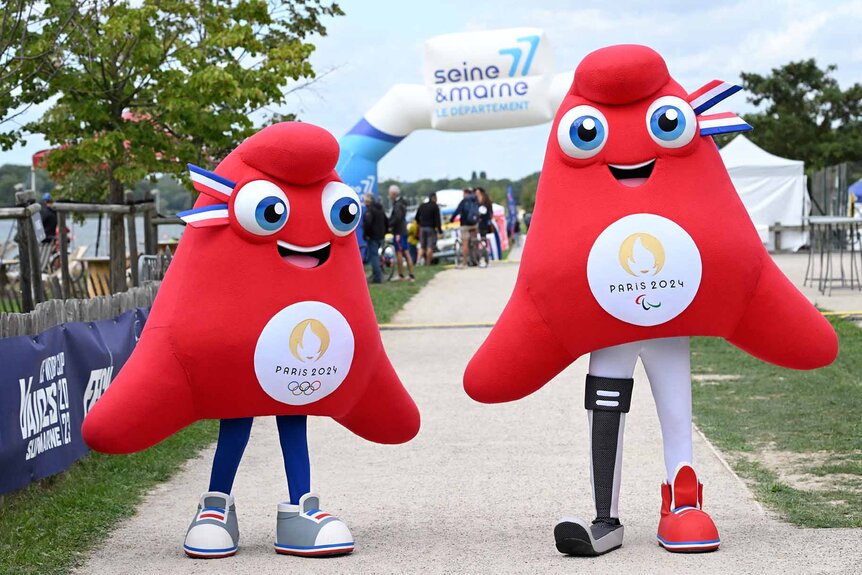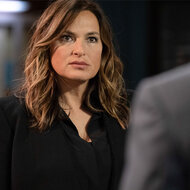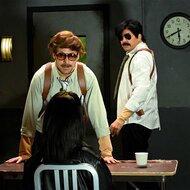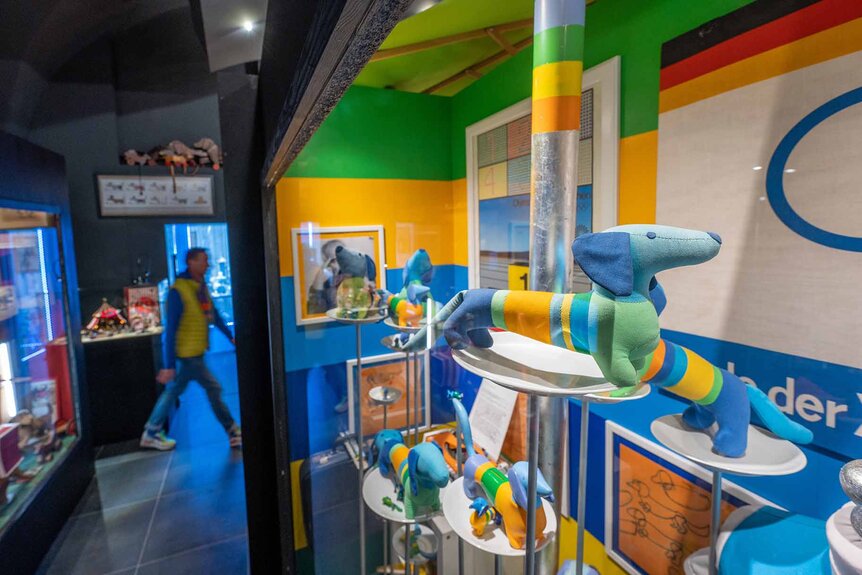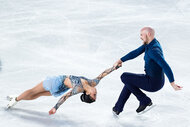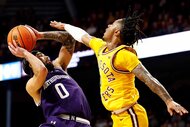What’s a Phryge? Meet the 2024 Paris Olympics Mascot
Hats off to the design of the adorable symbol of the Summer Games, which is steeped in French history.
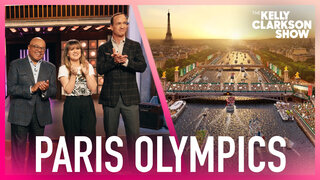
Vive Les Phryges!
The official mascots of the 2024 Paris Olympics are a “tribe” of adorable, anthropomorphic hats – the latest in a long line of cute characters that host countries have adopted to market the Summer and Winter Games to international audiences.
What are the 2024 Paris Olympics mascots?
The Phryges (pronounced free-jee-us, according to organizers) aren’t just any headwear; they are based on caps with deep significance in the history of France. The style of cap was adopted by the revolutionaries as a symbol of liberty during the French Revolution and has been a national staple ever since.
The cartoonish chapeau – decked out in the French national colors of red, blue, and white and featuring eyes that taper into ribbon cockades, a popular ornament in France -- were unveiled as Olympic mascots in November 2022.
“Rather than an animal, our mascots represent an ideal,” Paris 2024 President Tony Estanguet said in a statement at the time. “Since it is familiar to us and appears on our stamps and the pediments of our town halls, it also represents French identity and spirit.”
Though there are a legion of Phryges used in marketing, there are two official main characters: One represents the 2024 Paris Olympics and the other symbolizes the 2024 Paris Paralympics, with a prosthetic leg. On their fronts are the logos of their respective Games, emblazoned like superhero symbols.
The Olympic Phryge is billed as the tactician of the bunch, while its Paralympics counterpart is “a party animal, spontaneous and a bit hotheaded.”
Paris 2024 proclaims the Phryges mission is to “lead a revolution in sport.”
What was the first official Olympics mascot?
France introduced what some consider the first official Olympic mascot for the 1968 Grenoble Winter Games with Schuss, a z-shaped skier with a big red head, blue legs, and a single sky, that was more a symbol than a character.
The practice took off four years later during the 1972 Summer Games in Munich with the first universally recognized official Olympic mascot. That’s when and where Waldi, a dachshund designed by graphic artist Elena Winschermann and inspired by a real dog, made its debut. The mascot’s body is ringed in the official colors of three of the Olympic rings, with red and black left out because of German sensitivity of any association with the Nazi flag.
Why do mascots matter so much for host countries?
As the Olympics have drawn increasingly larger international audiences in the past half century, designing a mascot that can be a merchandizing draw and as well as publicity for the host country has become more and more important economically.
The host committees have leaned on design teams to come up with representations that tap into native animals or the country's cultural symbols for inspiration. When the mascot is a success, it's memorable: Misha the Bear, the mascot for the 1980 Moscow Olympics, for example, is still a popular character on toys and souvenirs in Russia.
The mascot for the 1984 Summer Games in Los Angeles was based on the bald eagle, the American national bird, and designed by a team led by Disney artist Robert Moore. Sam the Eagle proved a marketing and merchandizing hit and is credited with being a major reason that the L.A. Games became the first Olympics to turn a profit in more than 50 years.
Los Angeles will next host the Summer Games in 2028.
The next generation of Olympic mascots have already been announced for the 2026 Winter Games in Milano and Cortina, Italy. The pair of stoats, small mammals found in that part of Europe, are named Tino and Mila in nods to the twin host cities.
